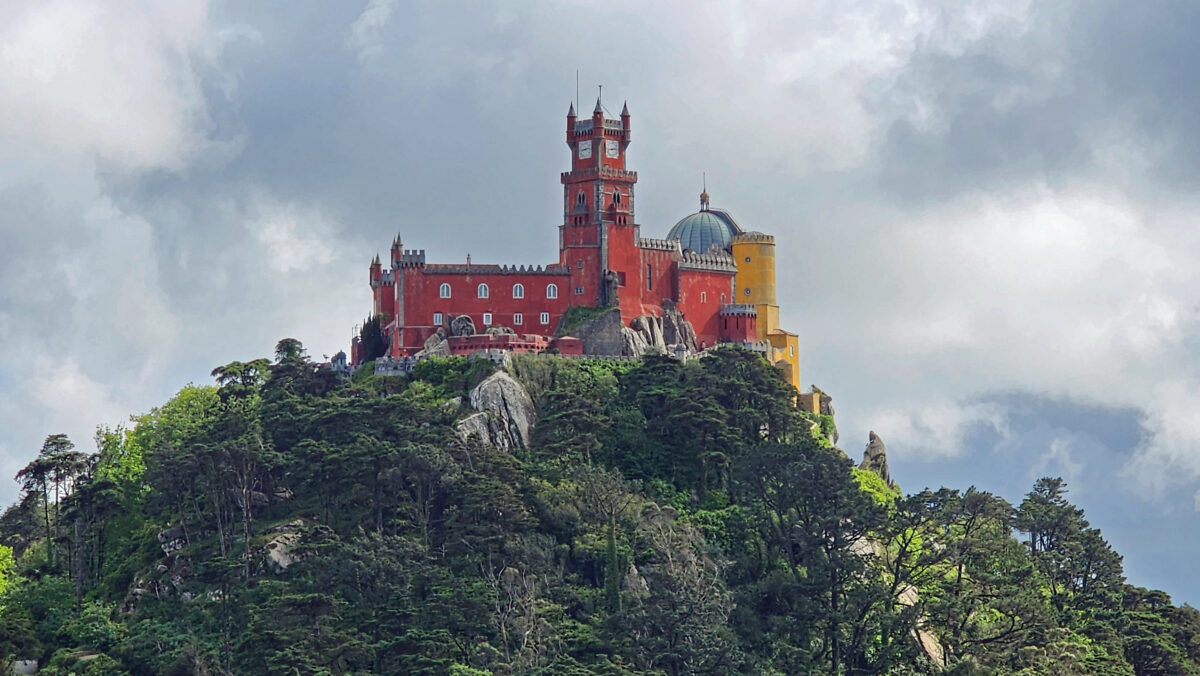by Alan K. Lee
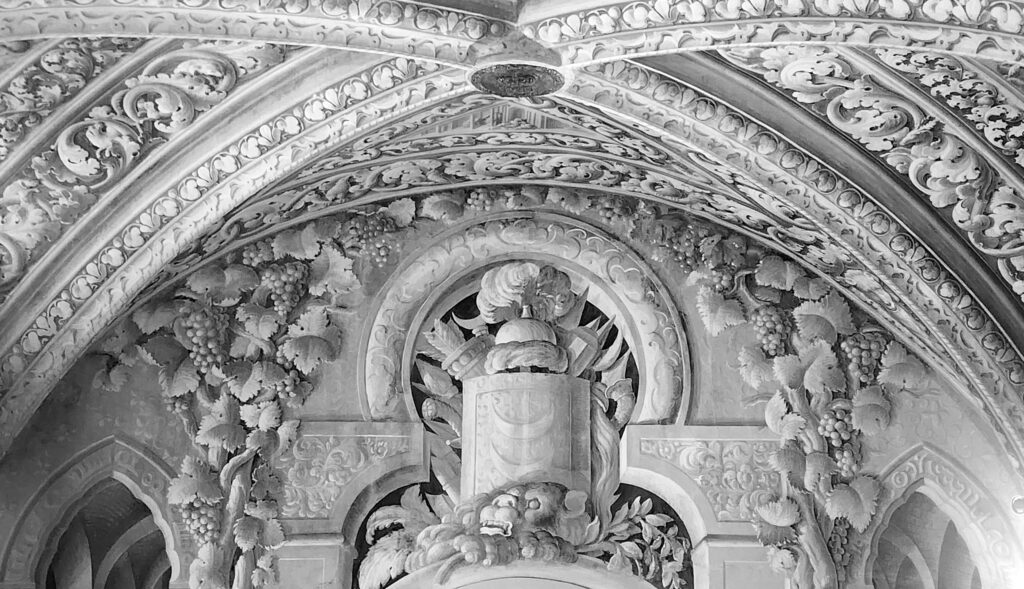
Introduction
Sintra is a magical fairytale town that combines spectacular palaces and magnificent gardens with the area’s deep history, making it a truly unique destination. It’s a UNESCO World Heritage Site and a must-see side trip if you’re visiting nearby Lisbon. Visiting Sintra can be done as a daytrip from Lisbon, which is what my wife and I did on our recent visit to Portugal and Andalucia, but you can’t see everything Sintra has to offer in a single day. To take in all Sintra has to offer, you either need to make several daytrips from Lisbon or, better yet, plan to spend a night or two in one of the town’s many hotels.
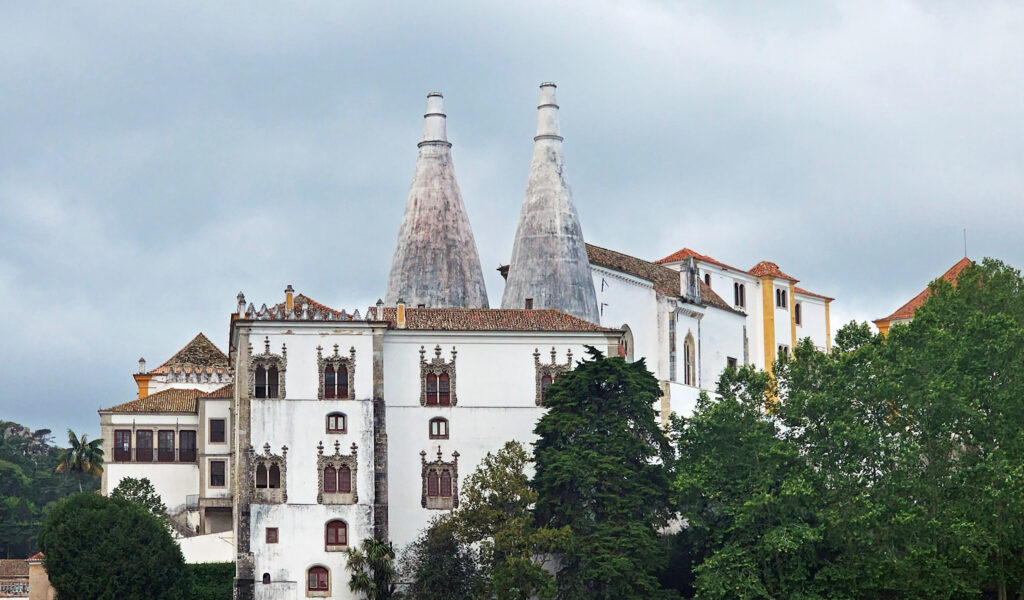
Since we had time for only a single daytrip from Lisbon, we had to be strategic about what we saw and what we didn’t. The top four attractions in Sintra are the Pena Palace (Palacio Nacional da Pena), the Castle of the Moors (Castelo dos Mouros), Quinta da Regaleira, and the Sintra Palace (Palacio Nacional da Sintra). We could have seen all four, had dinner in Sintra, and still been able to catch a return train to Lisbon that evening, but we weren’t sure we’d have time for all of that when we were making our plans. In the end, we chose to skip the Sintra Palace. But even though you can tour all four major attractions in a day, you won’t be able to fully explore them, and there’s still much to see in and around Sintra to make a second day necessary to see it all.
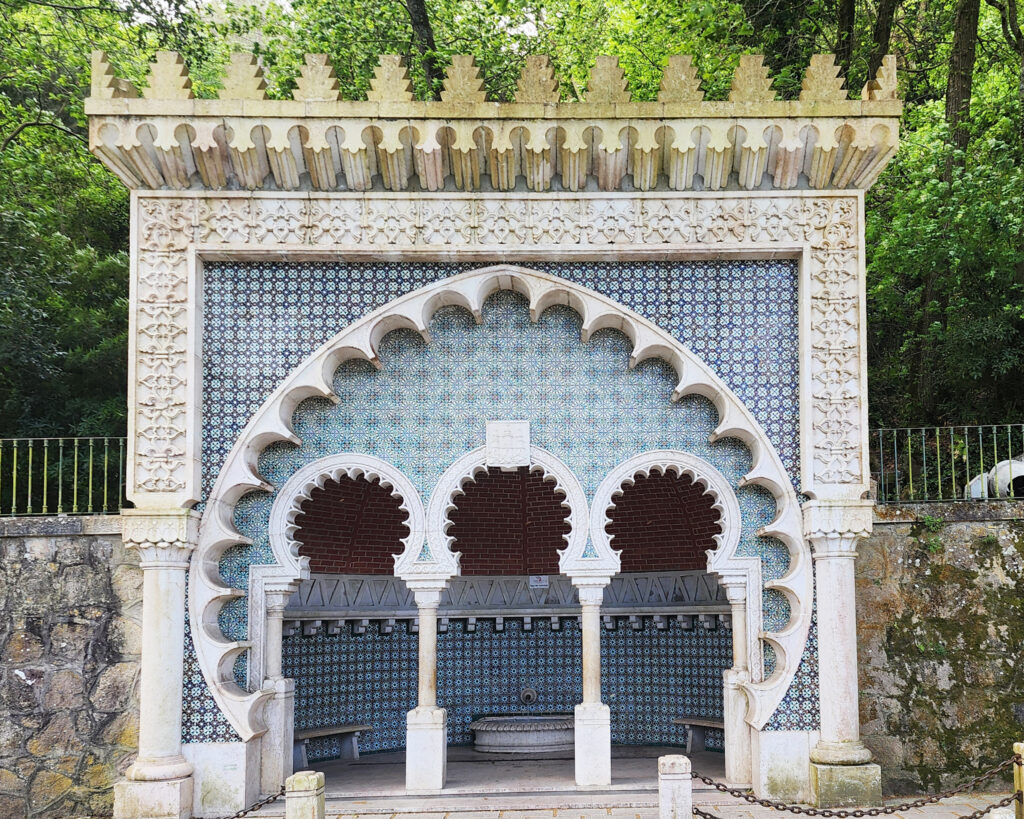
Getting there and getting around
If you’re doing a day trip from Lisbon, the best way to get to Sintra is by train. Trains to Sintra run from both the Rossio Train Station in the center of Lisbon and the Oriente Station near the airport, departing about every 20 minutes throughout the day. Tickets are cheap, less than three Euros one-way per person. They can be purchased at ticket counters or vending machines at either station and come in the form of a plastic Viva Viagem card. Tickets cannot be purchased online. Each person needs to have their own card, and tickets are one-way, so each person needs to purchase two tickets for a round trip. The trains are free if you purchase a Lisboa Card, which also gives you discounts to the major attractions in Sintra, free admission to many attractions in Lisbon, and unlimited travel on Lisbon’s Metro subway, surface tramway system, and public buses. See the Sintra Tourism website for more detailed information, including train schedules.
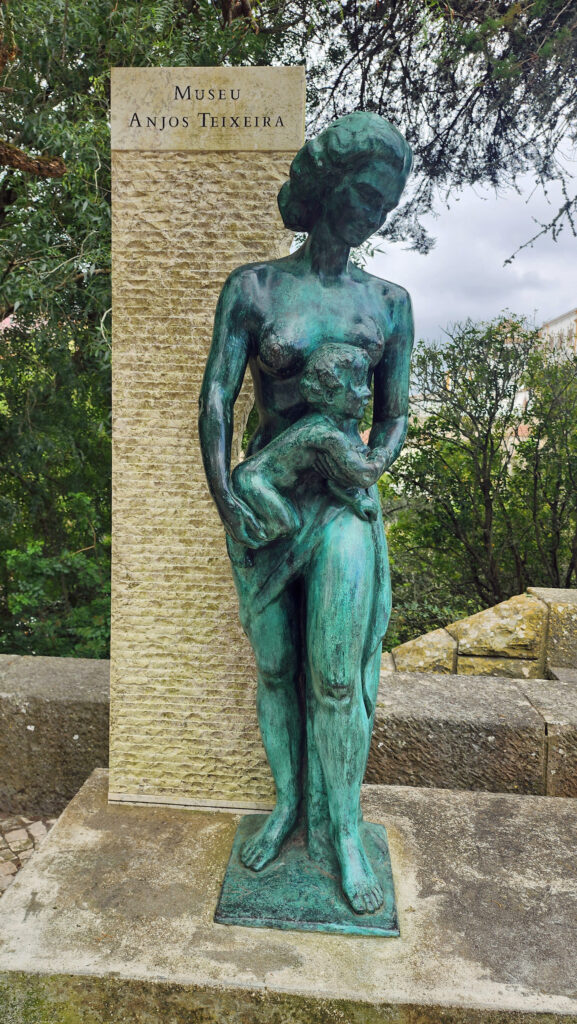
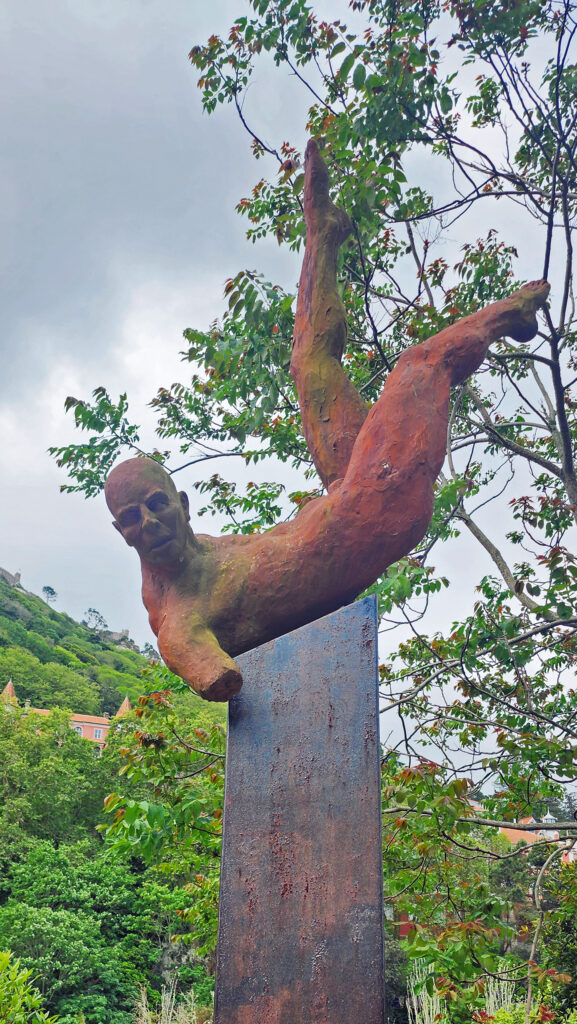
Once in Sintra, it’s about a 10-minute walk from the train station to the center of the historic old town and the Sintra Palace, and another ten minutes to Quinta da Regaleira. The Pena Palace and the Castle of the Moors are located on hilltops high above the town and are best reached by local bus (#434), taxi, or tuk tuk. The road to both is closed to private vehicles. You can hike up to them, but it’s quite a climb and I doubt that many people get there on foot. The old town center and Quinta da Regaleira can also be reached by bus (#435), taxi, or tuk tuk. There are also many tour companies that offer a range of tours that will take you to any or all of the major attractions in Sintra.
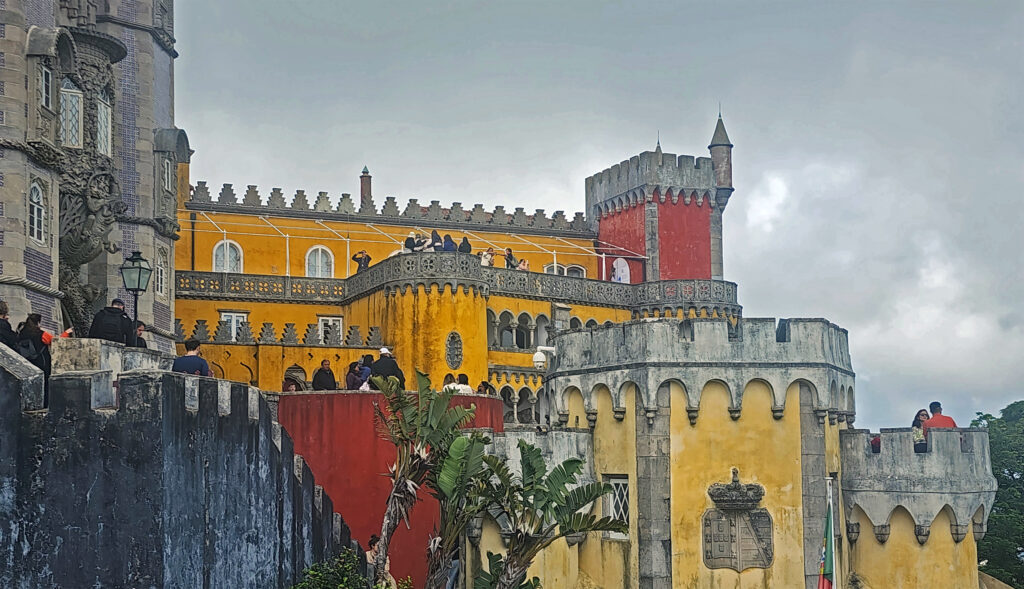
The Pena Place, Sintra Palace, and Castle of the Moors are all operated by Parques de Sintra and require timed entry tickets. We purchased tickets for the Pena Palace online, but it took much longer to get from town to the entrance to the park by bus than we anticipated, it’s at least a ten-minute walk from the park entrance to the palace, and there was a long line to get into the palace. All those factors meant that we were late getting to the palace entrance, outside the 30-minute window are tickets were good for. They let us in, though, despite the website stating that late entry would be denied and the cost of the tickets would not be refunded. Perhaps that was because we were there on a national holiday (see my post on Lisbon for more information about Portugal’s Freedom Day), but they could have legitimately sent us packing, so be sure to leave plenty of time to get there. You can wander around the grounds of the park if you’re early. We did not purchase tickets to the Castle of the Moors in advance, but we were able to purchase tickets on site. Quinta da Regaleira does not require timed entry tickets and the tickets we purchased online were valid for four months from the date of purchase.
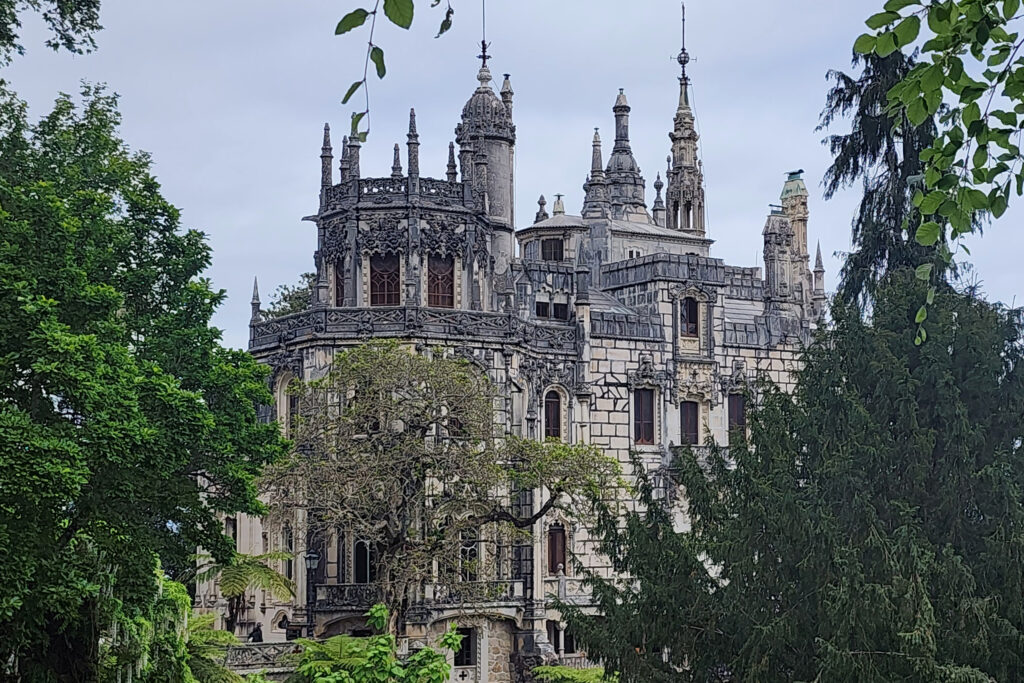
Quinta da Regaleira
Quinta da Regaleira was built by a man named António Augusto Carvalho Monteiro, who purchased the property in the late 19th century. From its completion in 1910 until 1997 the palace and grounds were a private estate. It was then purchased by the City of Sintra and opened to the public.
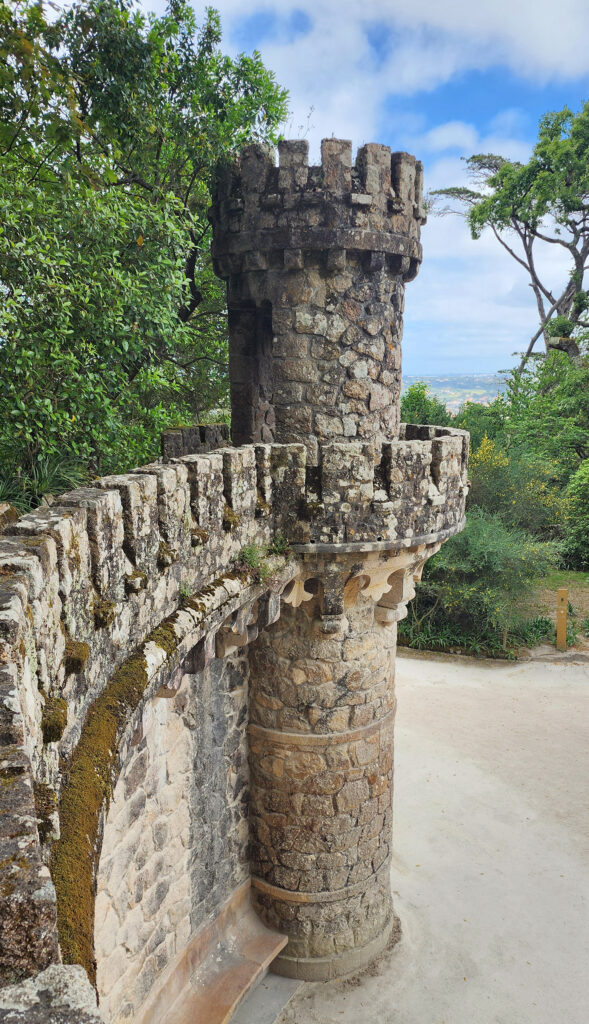
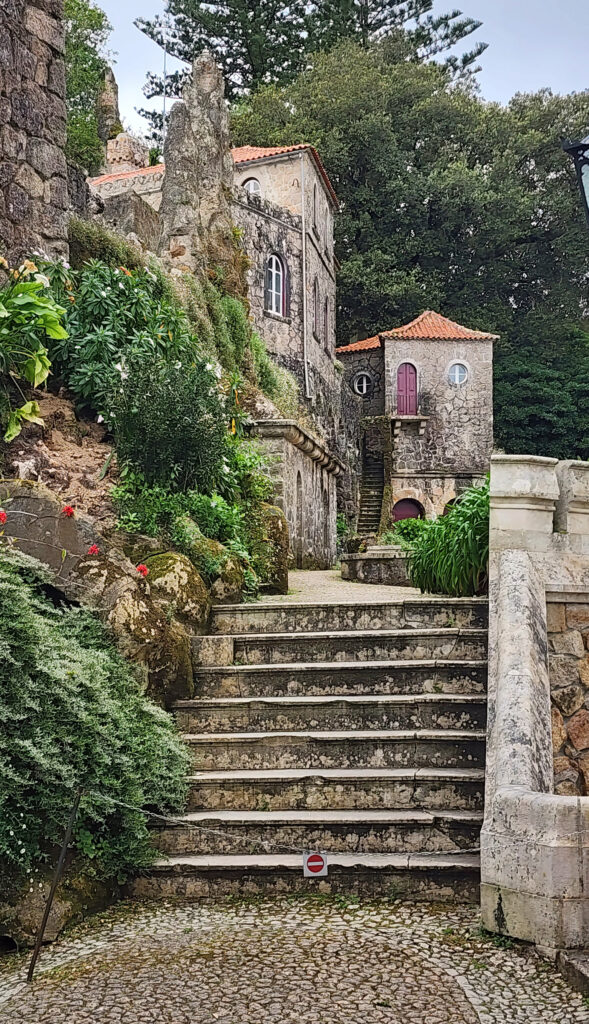
We did not tour the interior of the palace, but the park-like grounds surrounding the palace are a magical land of towers, ponds, pathways, tunnels, grottos, and a 100-foot-deep well with a spiral staircase around the perimeter known as the Initiation Well. The initiation to what is not clear, but Monteiro had ties to the Free Masons organization, which may have evolved out of the medieval Knights Templar, a somewhat secretive and mysterious military and religious order central to the Crusades, that once controlled Sintra.
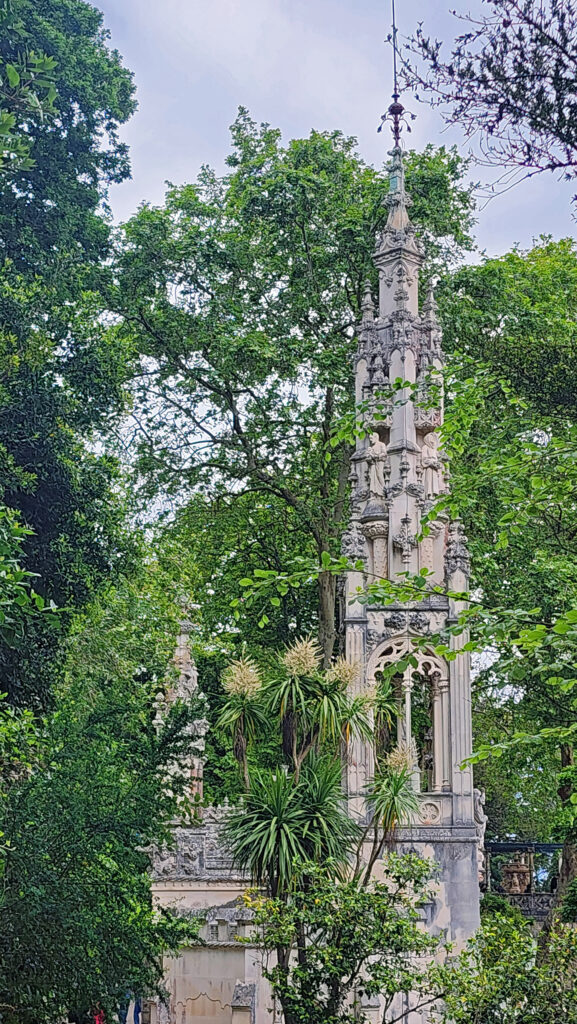
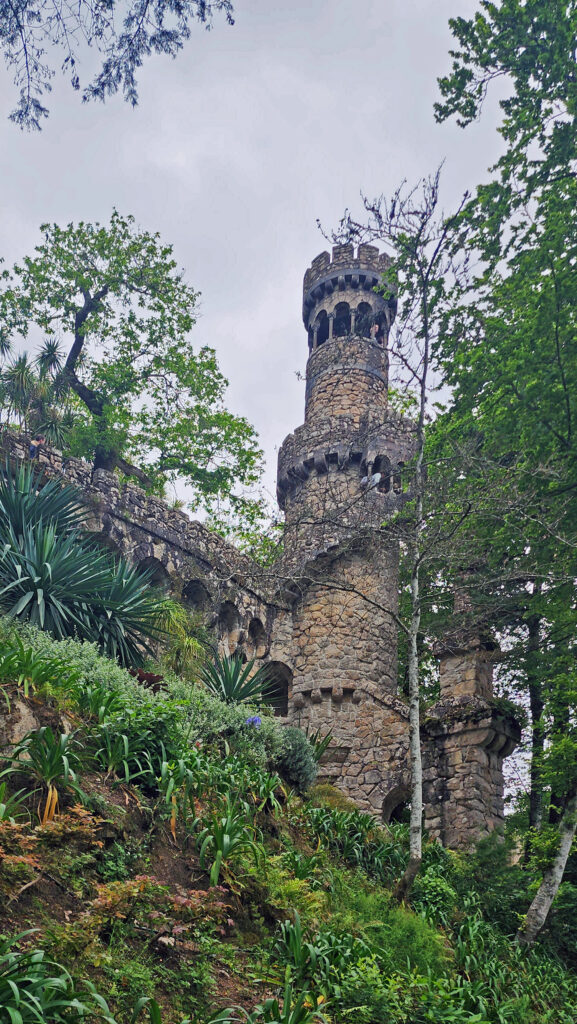
The grounds are a bit confusing, and the intersecting paths are not well signed, so do your research and plan your visit well. Do not, as we did, simply show up and wander the grounds. We had a hard time finding the Initiation Well and were on the verge of giving up when we finally stumbled across it. Since it was the one feature that both my wife and I had independently hit on before we even began planning a trip to Portugal, not getting to experience it would have been a big loss.
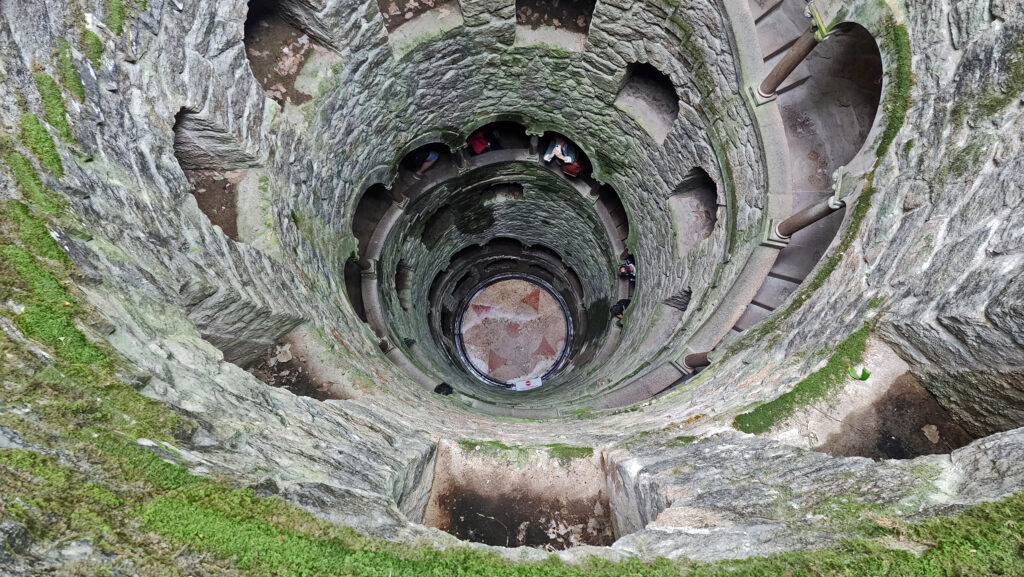
There was a long line to get into the Initiation Well once we finally found out where it was, but it was well worth the twenty minutes or so that we had to wait. You enter through a small tunnel and then spiral your way down the perimeter staircase. It’s slow going because people are taking their time, trying to get photos that convey the experience (without much success in my case), or just taking in the weirdness and magnificence of it.

At the bottom you enter a long tunnel that takes you to the backside of a small waterfall and then out to one of the several ponds on the property. The gardens are a fever dream of fantasy and imagination, filled with caves, statues, enigmatic carvings, and structures that are completely unique and must be seen to be fully appreciated, all the creation of Monteiro and his architect, Luigi Manini.
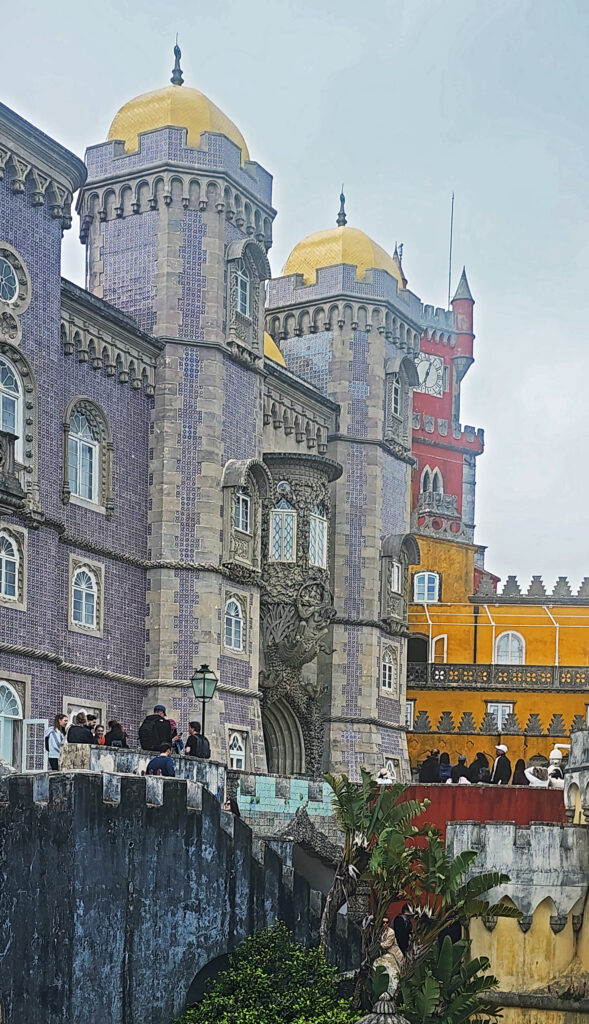
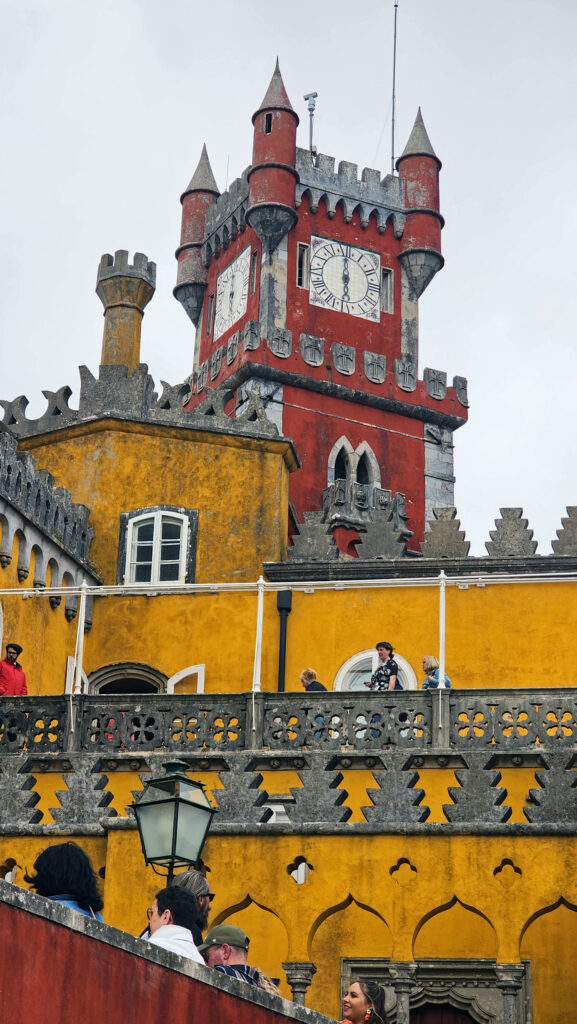
Pena Palace
The Pena Palace dates to only the mid-19th century, but the history of the site goes back to a 12th century chapel dedicated to Our Lady of Pena and the 15th century Monastery of St. Jerome. The monastery was left mostly in ruins by the earthquake of 1755 but what remained continued to be occupied until 1834 when it was finally abandoned.
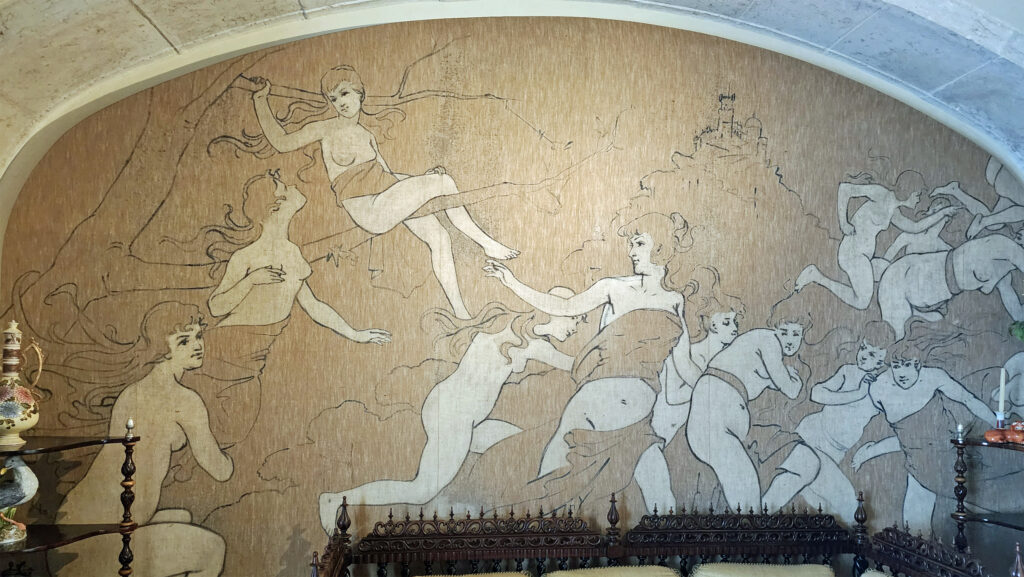
The property was then purchased by Ferdinand II, King-consort and husband of Queen Maria II, who built the Pena Palace on the old monastery site. The palace was the summer residence of the Portuguese royal family until the monarchy was abolished in 1910, when it became a National Monument. It was declared a UNESCO World Heritage Site in 1995.
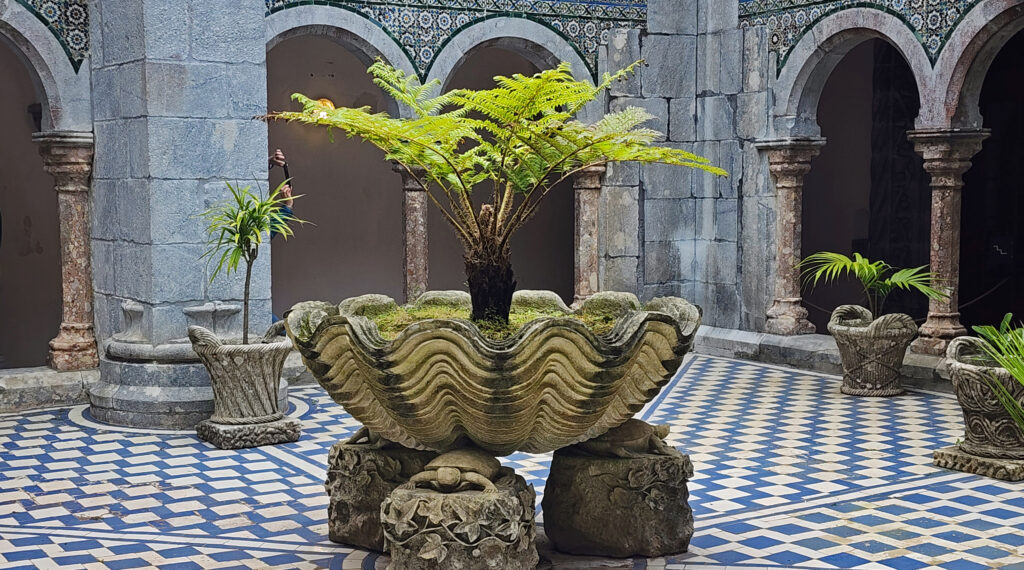
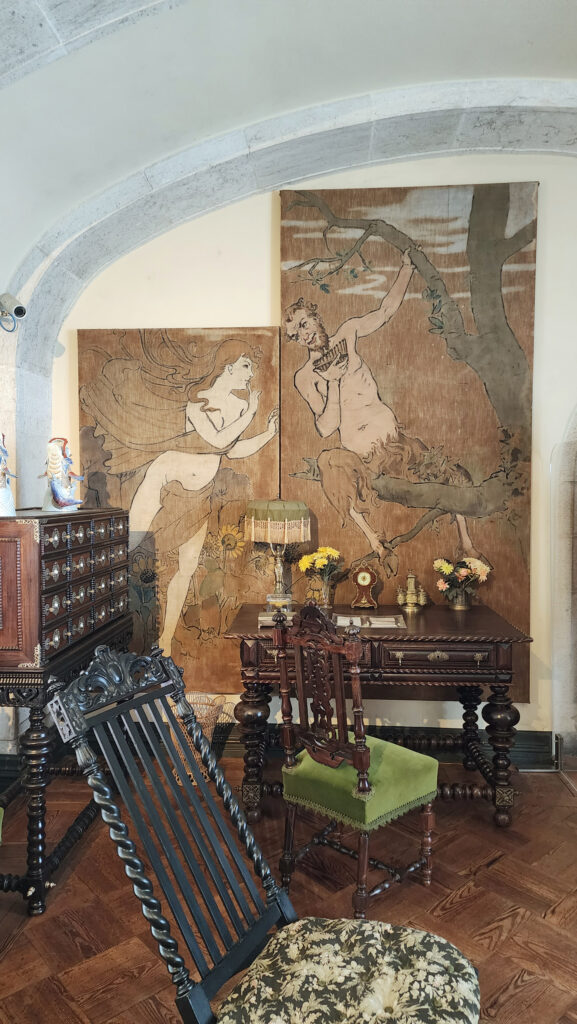
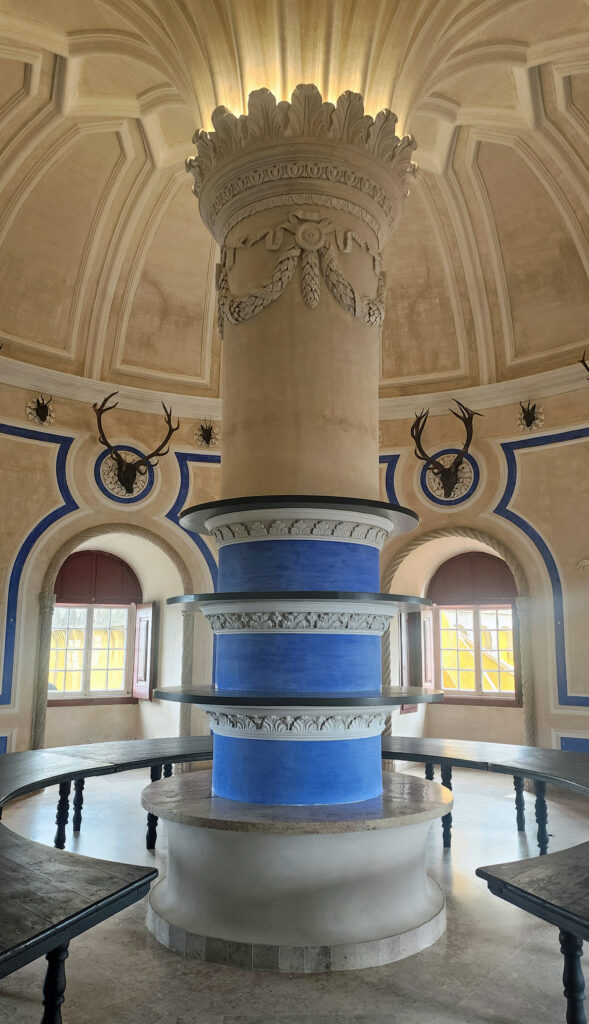
The palace is surrounded by parkland that was developed by Ferdinand II during the same time period that the palace was built. Unfortunately, we did not have time to see more of the park than the portion of the grounds between the park entrance and the palace, another good reason to spend more time in Sintra than we allowed ourselves on our trip.
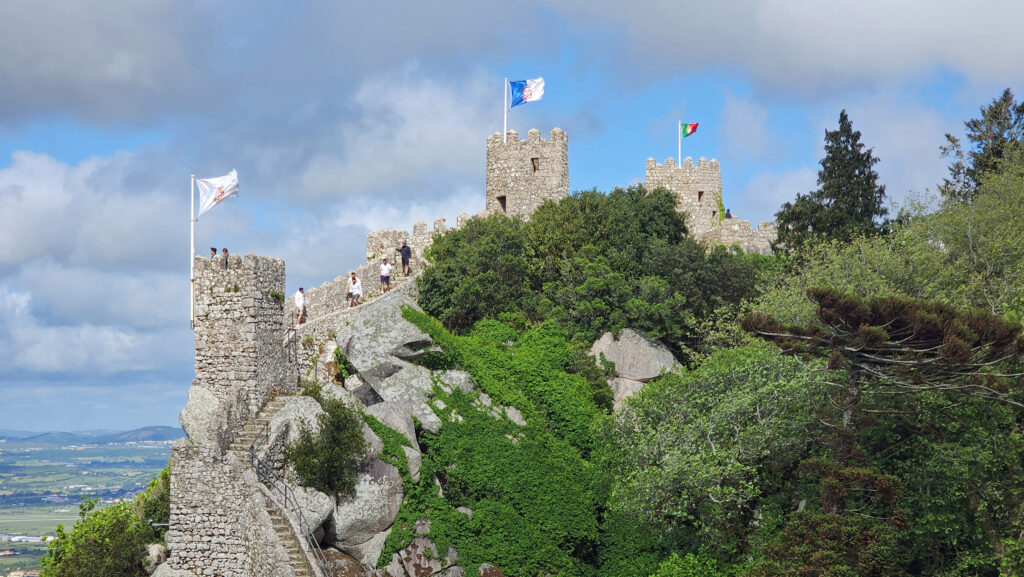
Castle of the Moors
After touring the Pena Palace, we walked the short distance back down the road to the Castelo dos Mouros. There is a ticket machine at the bus stop, which would not take my debit card, but there is another at the actual entrance to the castle, a short walk from the bus stop, where we were able to purchase tickets. Just inside the entrance, there is an interesting archeological site that was part of the Moorish village that once occupied the site. From there, it is an uphill climb to the parapet walls that snake across the slopes of the hill on which the castle is located.
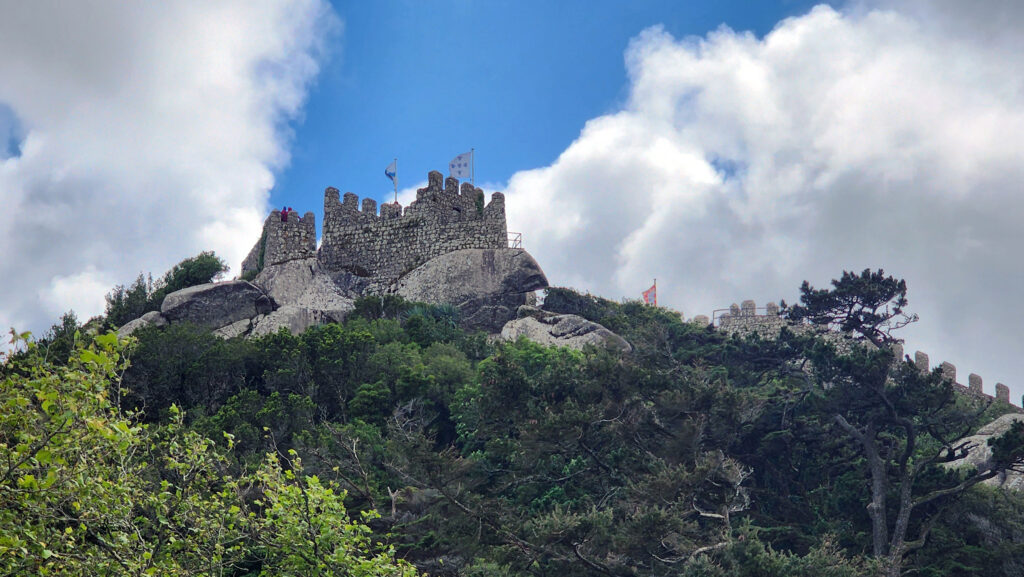
The castle, a fortress high on a hill overlooking the Tagus River and the Lisbon area, was built between the 8th and 10th centuries by the Islamic rulers of the Iberian Peninsula to guard the surrounding agricultural areas. Inside the walls that stand today there was a Moorish village until 1147 when the area was retaken by Christian forces during the Reconquista.
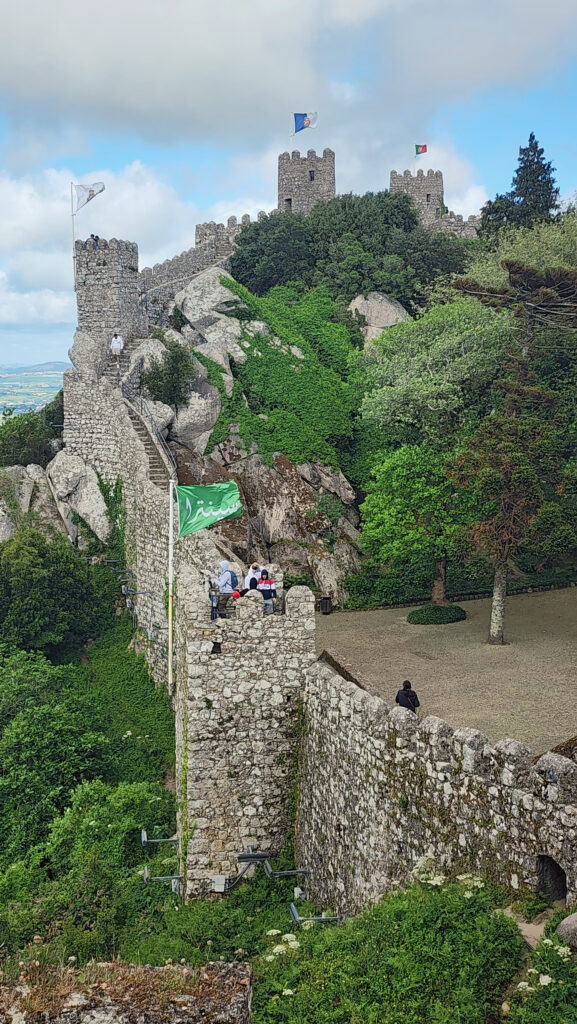
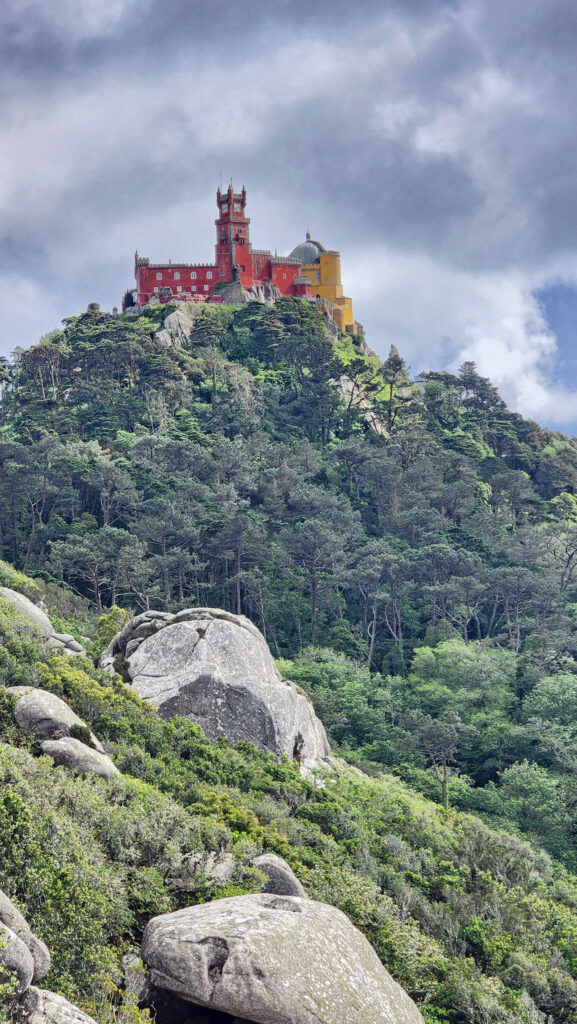
Little remains of the Moorish village or the subsequent Christian settlement that took its place, except for the ruins of the Chapel of São Pedro de Penaferrim and a few other structures, but the site is spectacularly beautiful.
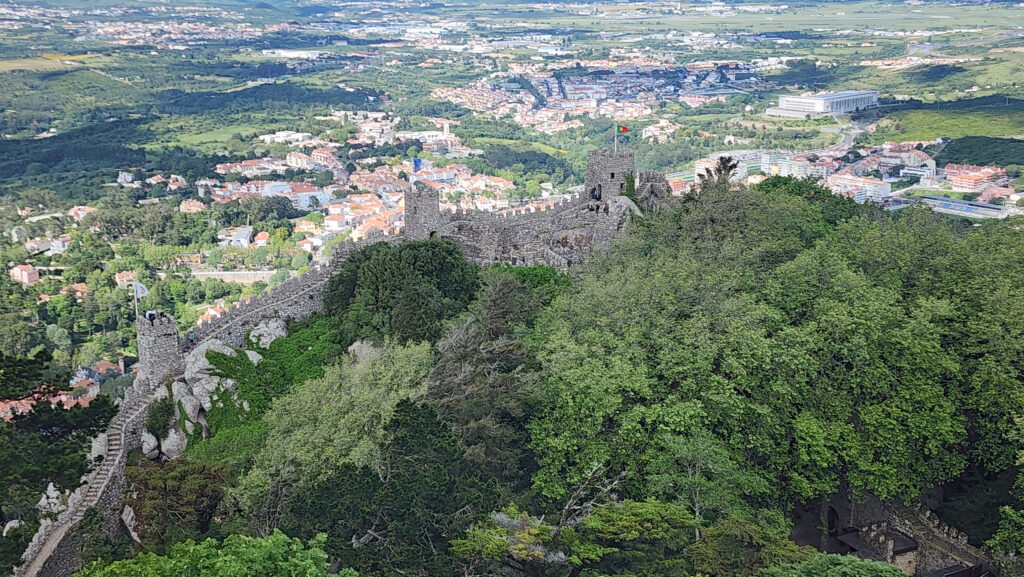
There is a lot of climbing on the steeply sloped grounds if you want to see it all, especially up to the highest point. But the awesome views of the Pena Palace (as seen in the featured image at the top of this post) and down to the old town area of Sintra and the Sintra Palace, make the climb well worth the effort required.
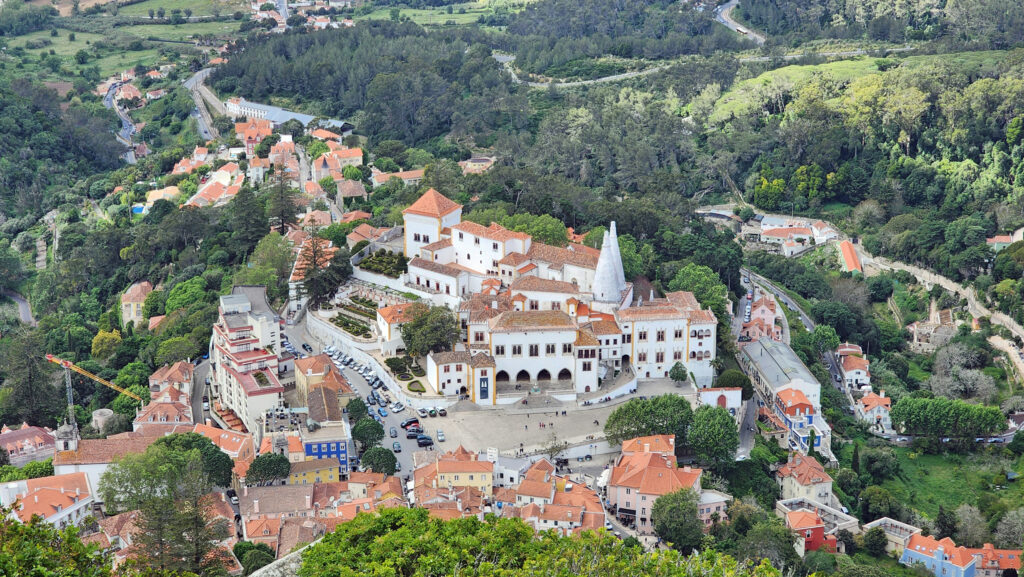
Sintra Palace
The Sintra Palace dates to the same time period as the Castle of the Moors, but nothing of the original Moorish palace remains. The oldest part of the existing palace is the Royal Chapel, which may have been constructed in the early 14th century. Most of the existing palace was built in the 15th century. The palace was a summer residence of the Portuguese royal family for more than 500 years.
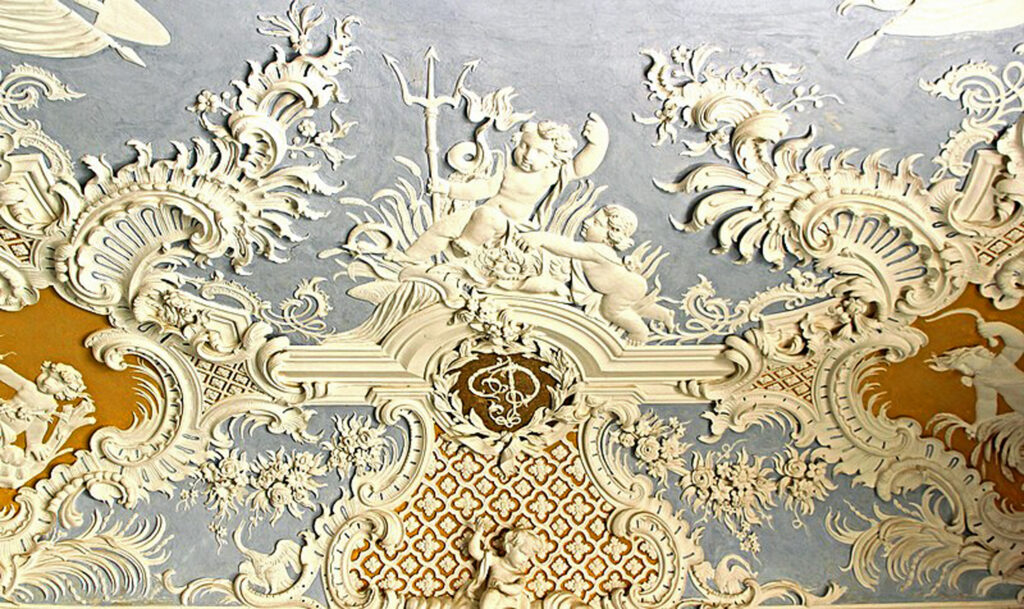
We did not tour the palace, but in retrospect we should have planned better and taken it in along with the other three attractions in Sintra that we did tour. Something left for our next visit, I guess.
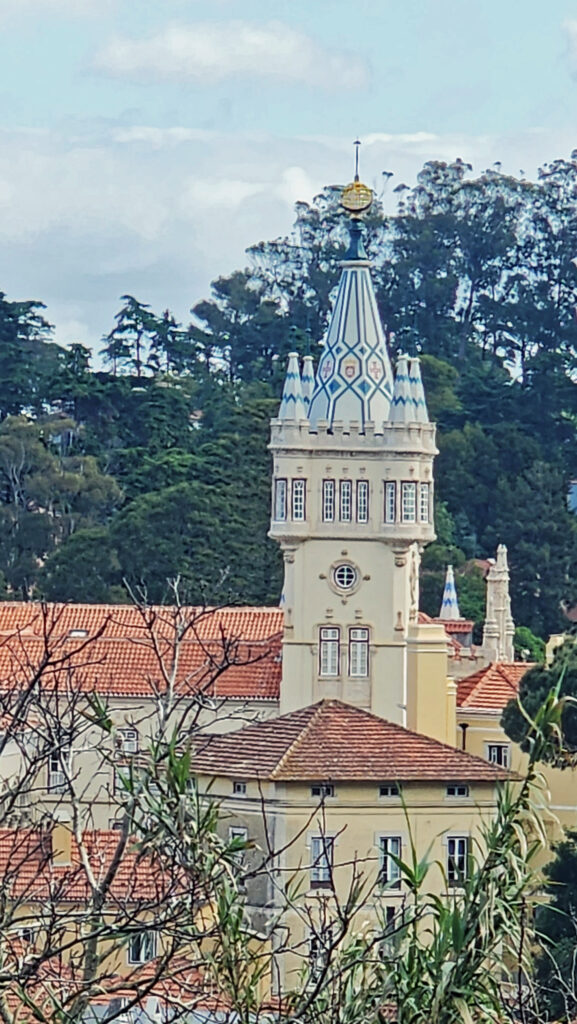
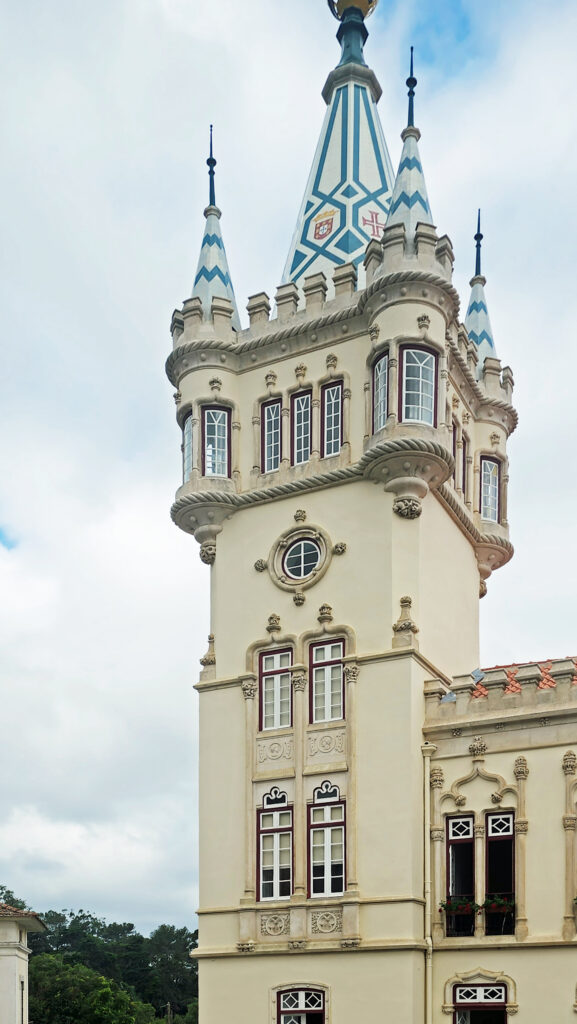
Other Sintra Attractions
The Sintra Town Hall (Camara Municipal de Sintra), located near the railroad station, is one of the first buildings you’ll see in Sintra, and it is worth a look. But most people, like us, pass it by on their way to the historic center of Sintra and the other Sintra attractions mentioned above.
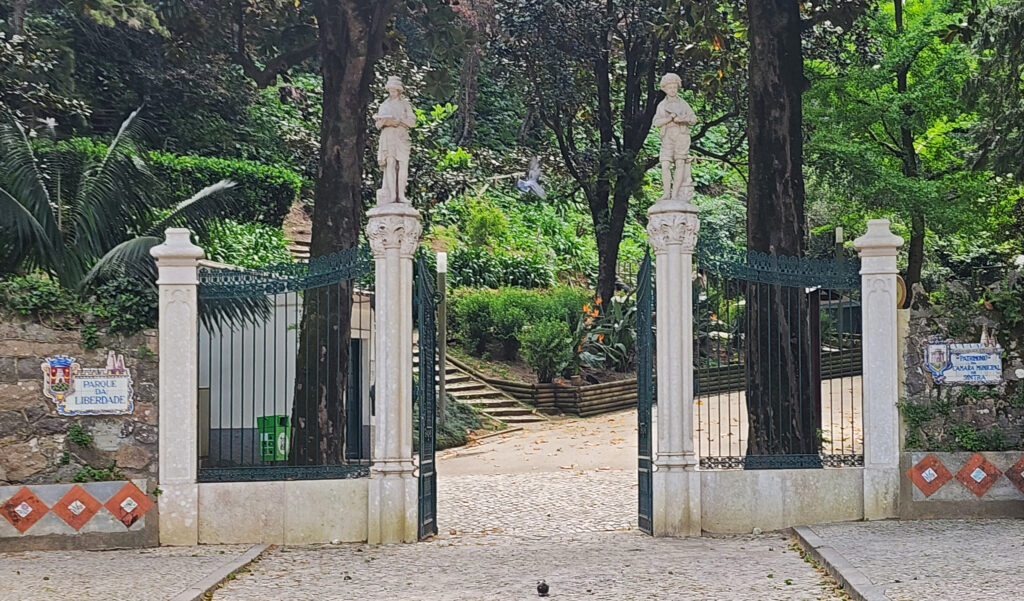
You’ll also pass by the entrance to the Parque da Liberadade if you walk from the train station to the old town center. Again, most people pass it by, which we did as well. But it looks like it is worth exploring, if you have the time (another reason to spend more than one day in Sintra). The historic town center is itself worth exploring, too.
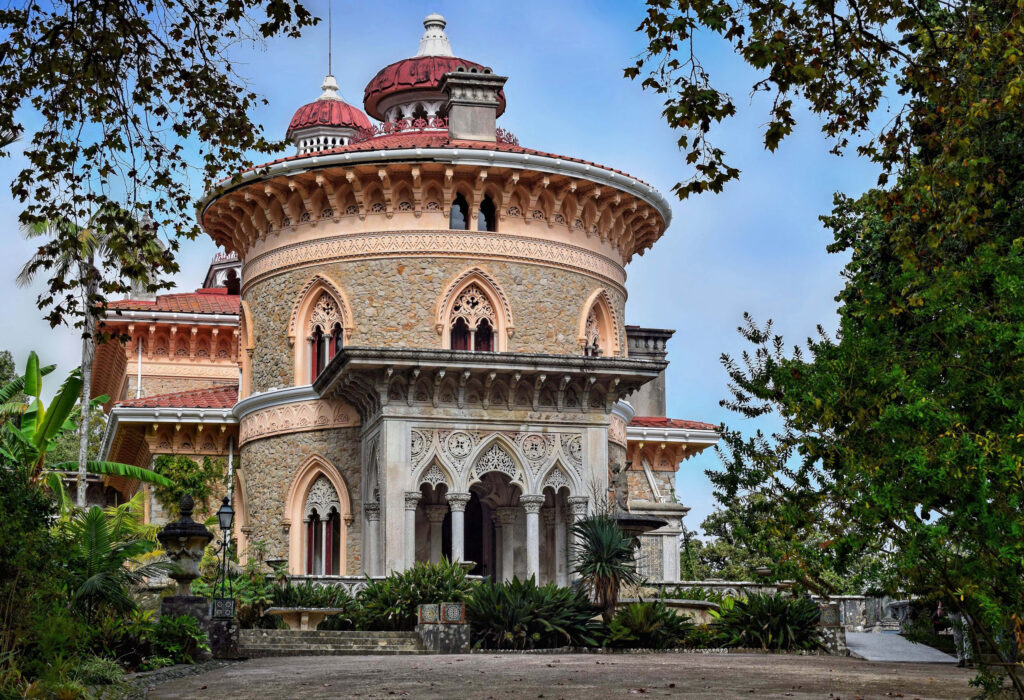
About two miles west of the historic center, on the Rua Barbosa du Bocage (about 1.5 miles past Quinta da Regaleira), you’ll find the beautiful Park and Palace of Monserrate. The same bus that takes you to Quinta da Regaleira also takes you to Monserrate Palace. There are also numerous private tours that stop at Monserrate.
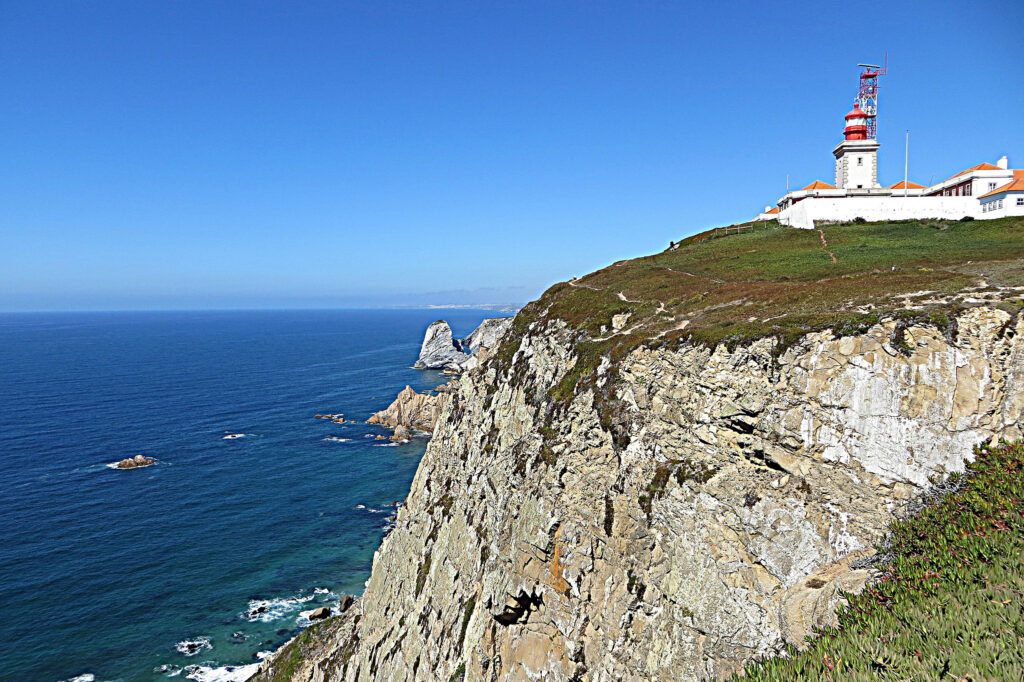
Further west, Cabo de Roca, the westernmost point of Europe, is also a stop on many private tours, as are the nearby beaches. You can also ride the #435 bus all the way to the cape and beaches.
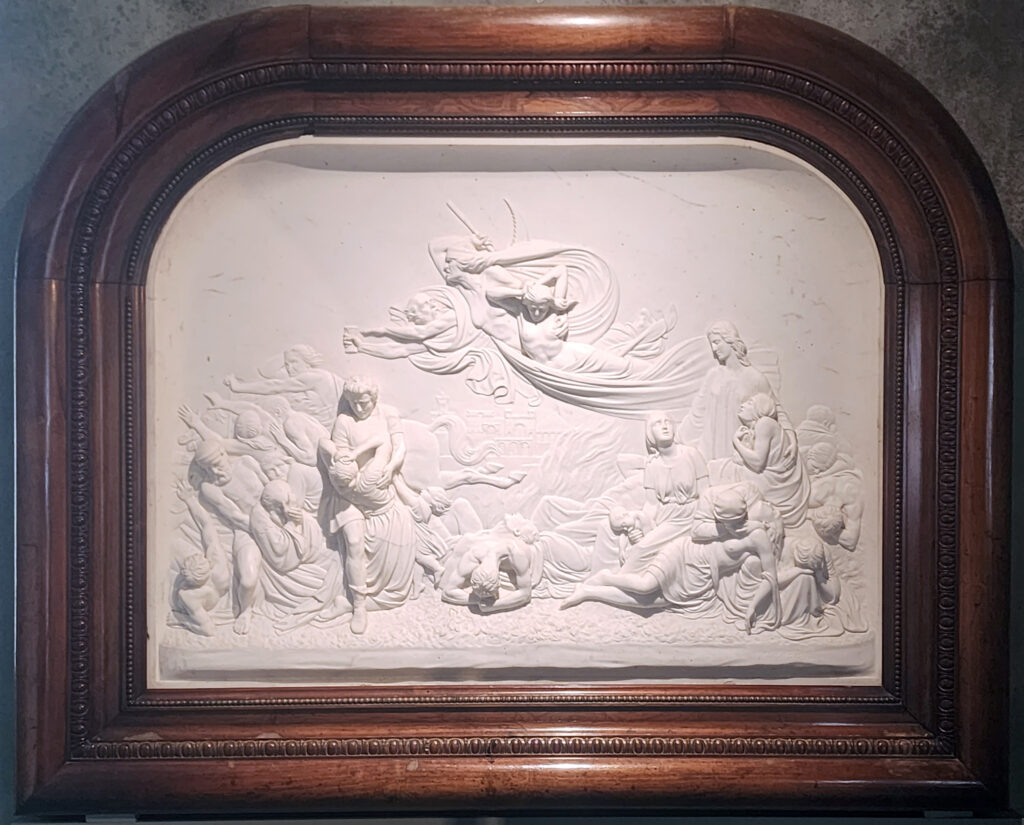
Conclusion
Whether you have only half a day or have two or more days to explore Sintra, you’ll come away impressed by the beauty, magnificence, and, in some cases, the weirdness of what you’ve seen. I can’t imagine anyone coming away from Sintra unhappy that they had come. It was definitely one of the highlights of our trip. But there were many other highlights, as well. Look for other posts from our trip that will be coming over the next month or so, including Faro and the Algarve, Seville, Cordoba, Granada, and Ronda, Spain.
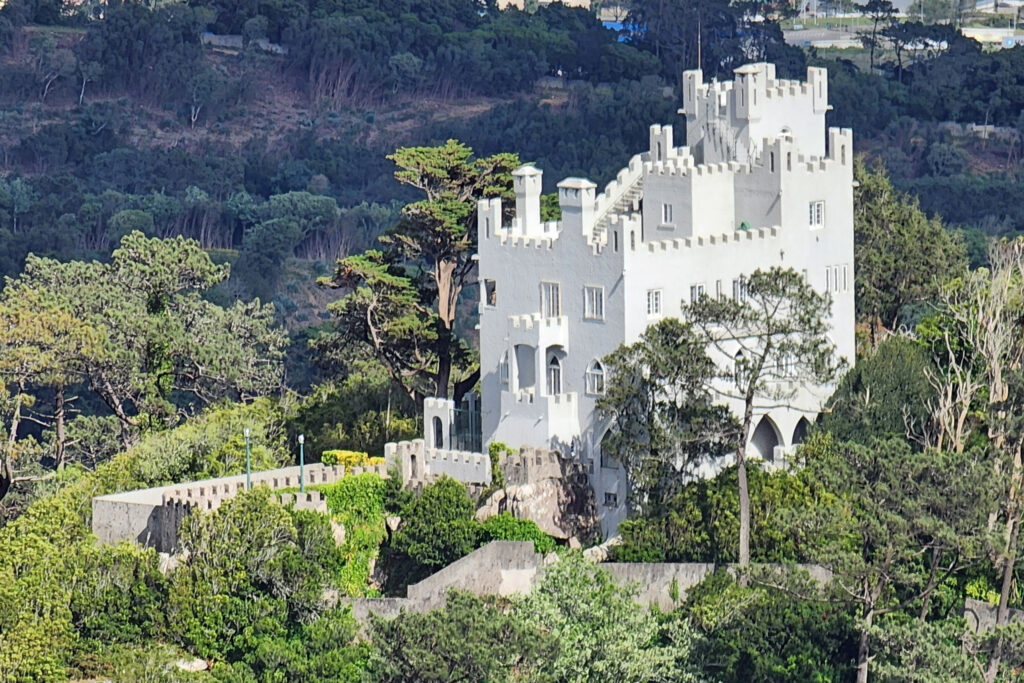
Posted June 16, 2024
All photos © Alan K. Lee, except as noted

